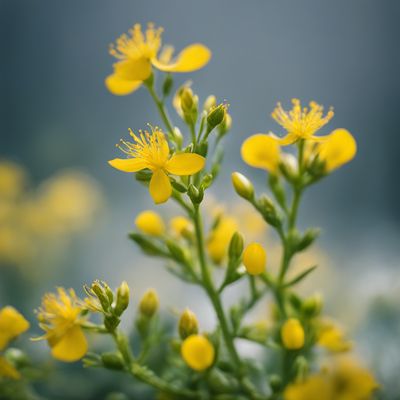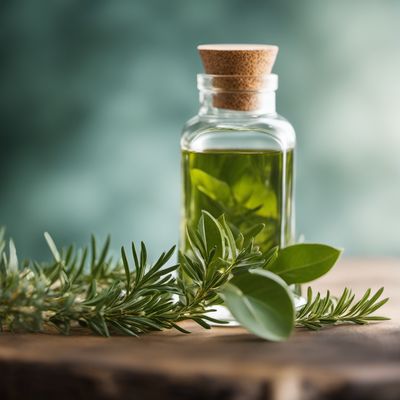
Ingredient
Witch hazel infusion leaves
The Natural Elixir: Unveiling the Power of Witch Hazel Infusion Leaves
Witch hazel infusion leaves are derived from the witch hazel shrub, scientifically known as Hamamelis virginiana. These leaves are dark green in color and have a distinctive oval shape with serrated edges. The leaves are typically harvested and dried before being used to create an infusion. Witch hazel infusion leaves have a mild, earthy aroma and a slightly bitter taste. They possess a smooth texture and can be easily crumbled or ground into a fine powder.
Origins and history
Witch hazel is native to North America and has a rich history of traditional use by Native American tribes. The leaves were highly valued for their medicinal properties and were used to treat various skin conditions, inflammation, and wounds. European settlers later adopted the use of witch hazel and it became a popular ingredient in traditional medicine and skincare products.
Nutritional information
Witch hazel infusion leaves are primarily used for their medicinal properties and are not consumed for their nutritional value.
Allergens
There are no known allergens associated with witch hazel infusion leaves.
How to select
When selecting witch hazel infusion leaves, look for dried leaves that are whole and intact. Avoid leaves that appear discolored or have a musty smell. It is recommended to purchase from reputable sources to ensure the highest quality.
Storage recommendations
To maintain the freshness and quality of witch hazel infusion leaves, store them in an airtight container in a cool, dry place away from direct sunlight. Properly stored leaves can retain their potency for up to one year.
How to produce
Witch hazel shrubs can be grown in gardens or containers. They prefer well-drained soil and partial shade. To produce witch hazel infusion leaves, harvest the leaves in the fall when they have turned yellow. Dry the leaves in a cool, dark place until they are crispy and brittle. Store in an airtight container for future use.
Preparation tips
Witch hazel infusion leaves can be used to make a soothing tea or infusion by steeping them in hot water for 10-15 minutes. The resulting infusion can be used topically as a natural toner or added to bathwater for a relaxing soak. It is important to dilute the infusion before applying it to the skin to avoid any potential irritation.
Culinary uses
Witch hazel infusion leaves are primarily used for their medicinal properties and are not commonly used in culinary applications.
Availability
Witch hazel shrubs are commonly found in North America, particularly in the eastern United States. The dried leaves and witch hazel-infused products are widely available in health food stores and online.
More ingredients from this category » Browse all

Hawthorn infusion leaves
"Nature's Heart Protector: Exploring the Benefits of Hawthorn Infusion Leaves"

St. John´s Wort infusion leaves
"Nature's Sunshine: Exploring the Healing Powers of St. John's Wort Infusion Leaves"

Norway spruce infusion leaves
The Forest's Elixir

Papaya infusion leaves
The Healing Power of Papaya Infusion Leaves

Oat infusion leaves
The Soothing Elixir: Oat Infusion Leaves

Red clover infusion leaves
The Floral Elixir: Discovering the Delicate Flavor of Red Clover

Strawberry infusion leaves
The Fragrant Essence of Strawberry

Boldo infusion leaves
The Ancient Herbal Elixir: Unveiling the Power of Boldo Infusion Leaves

Tea tree infusion leaves
"The Healing Elixir: Unveiling the Power of Tea Tree Infusion Leaves"

Muña infusion leaves
Andean Mint Delight

Gymnema infusion leaves
The Sweet-Suppressing Herb

Horse-chestnut infusion leaves
The Healing Power of Horse-Chestnut Infusion Leaves